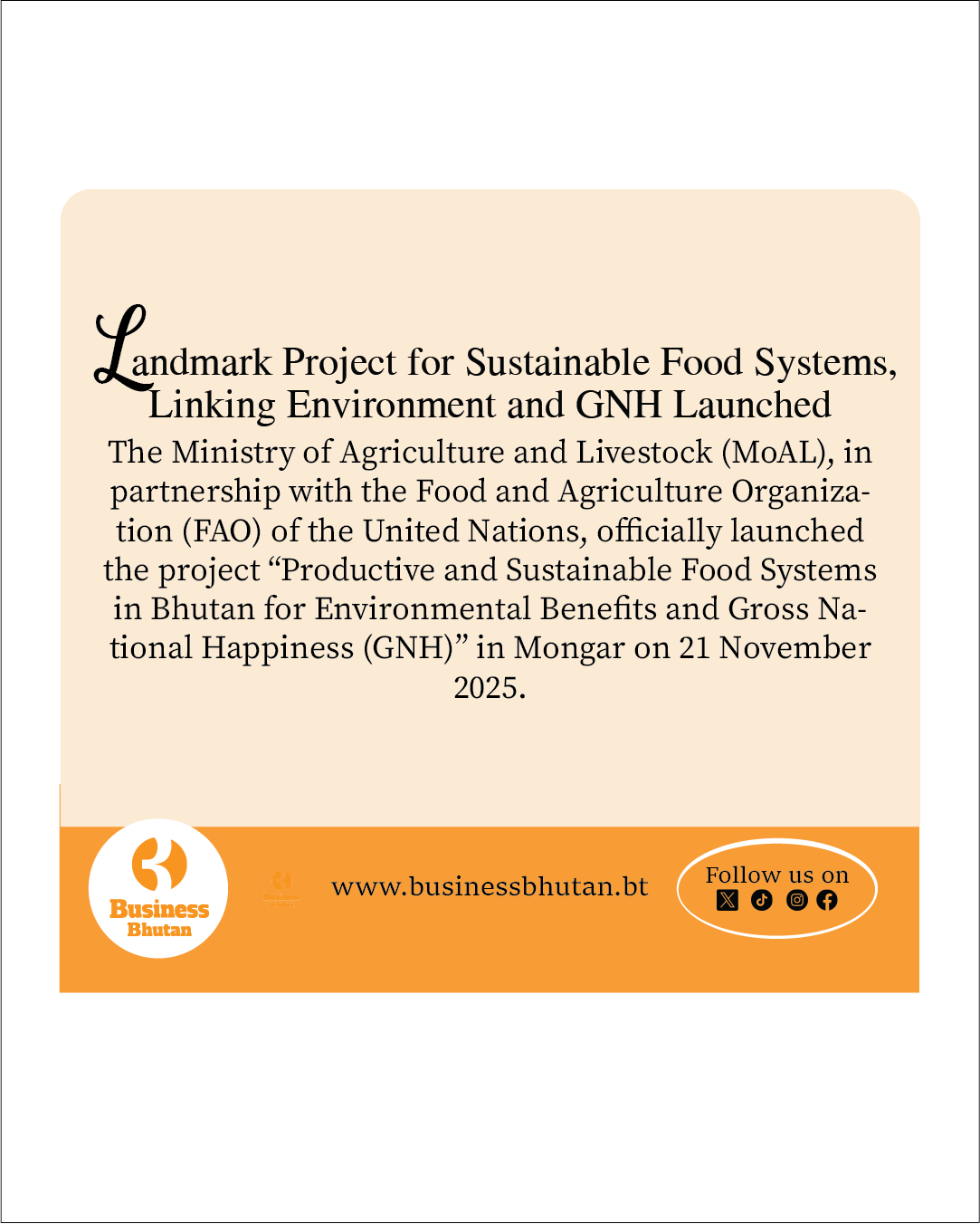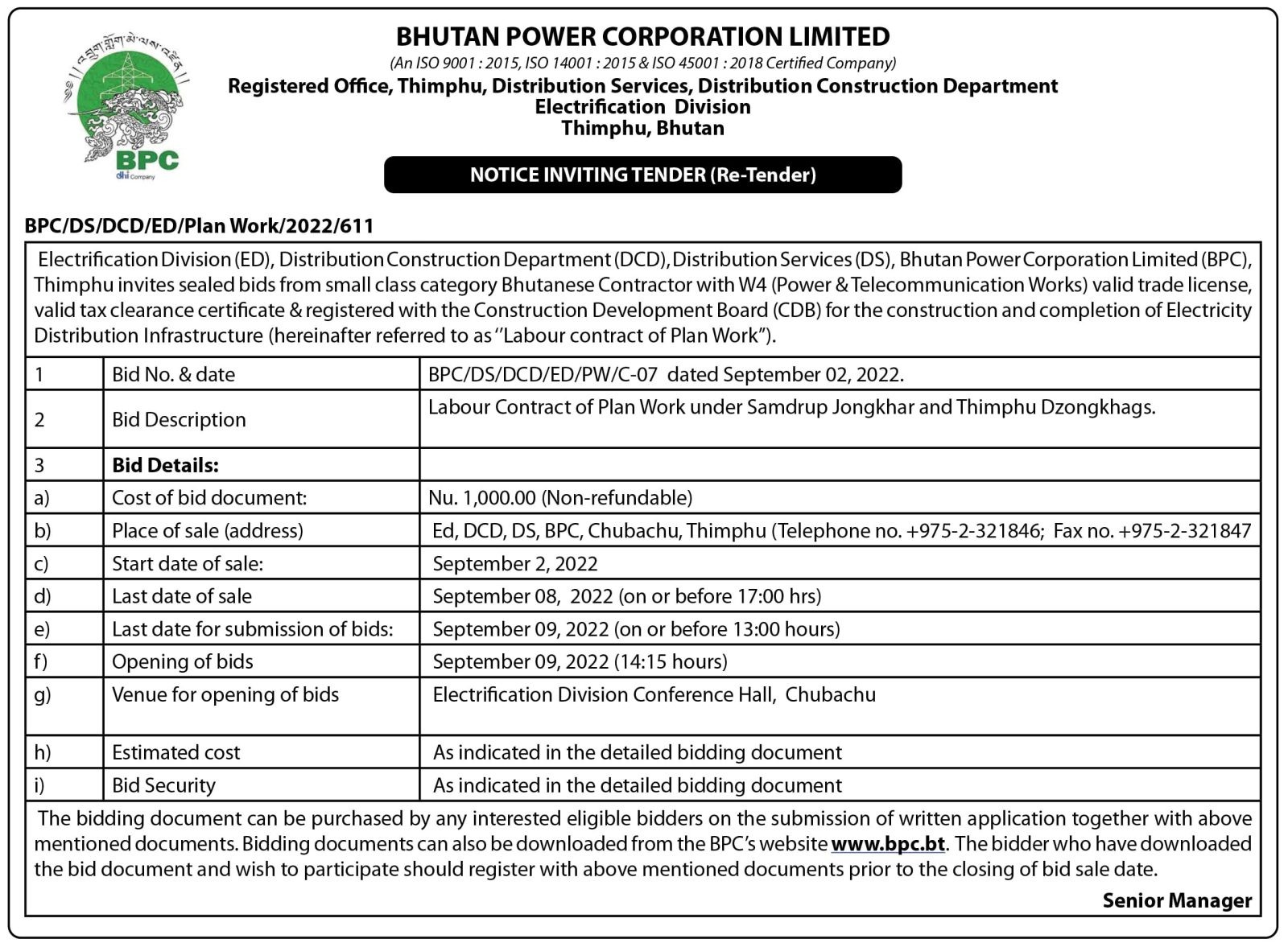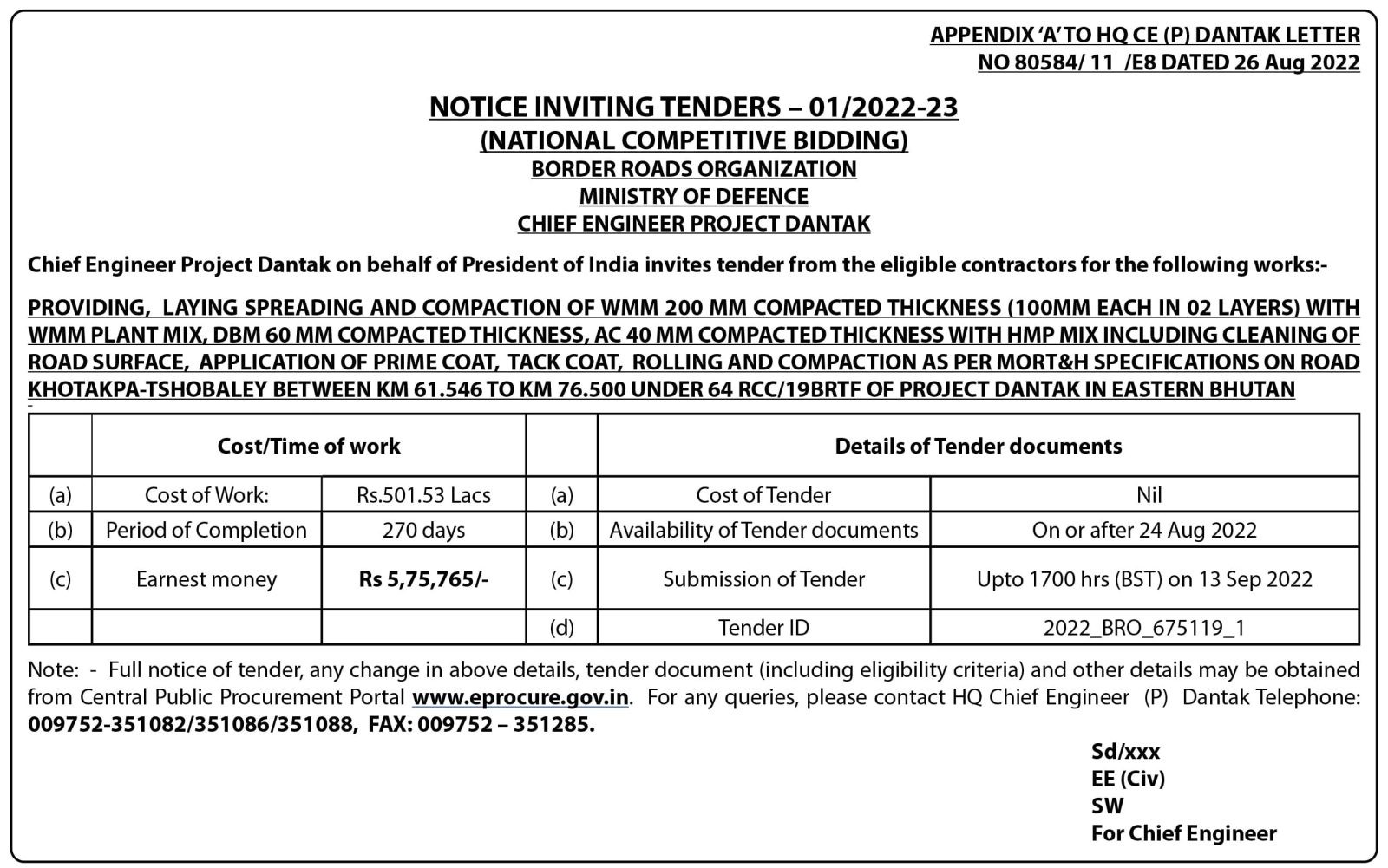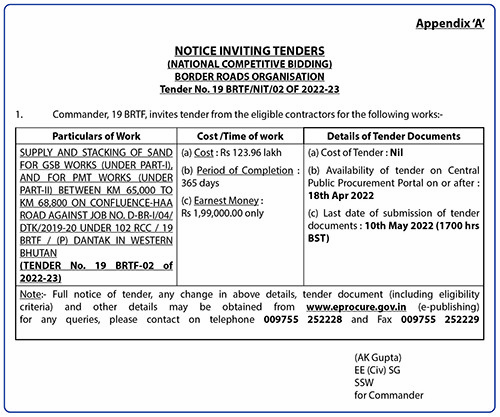Bhutan is seeking to upgrade its existing Preferential Trade Agreement (PTA) with Bangladesh, signed in December 2020, into a comprehensive Free Trade Agreement (FTA) to tap into the vast untapped trade and investment opportunities between the two countries.
Speaking at a discussion on Bangladesh–Bhutan bilateral trade relations hosted by the Bangladesh Institute of International and Strategic Studies (BIISS) in Dhaka on October 13, Bhutanese Ambassador to Bangladesh, Dasho Karma Hamu Dorjee expressed optimism that the two countries can overcome existing challenges and move towards deeper economic integration.
“I believe that despite current challenges, both countries can overcome them and realise the full potential of an FTA,” the Ambassador said. “These mechanisms, whether SAFTA (South Asian Free Trade Area) or a future FTA, provide valuable platforms to deepen trade relations and unlock opportunities that are yet to be fully utilized,” Local Bangladeshi media reported the Ambassador as saying.
Highlighting Bhutan’s hydropower potential as a critical national resource, she said the country is keen to explore opportunities to share its clean energy with the region. Bangladesh, she added, has expressed strong interest in investing in hydropower projects and power infrastructure in Bhutan, with both governments engaging with Indian authorities to advance tripartite cooperation in the energy sector.
With recent policy reforms, Bhutan is now more open to private sector investments, both domestic and foreign, including from Bangladesh and India. “The potential here is immense, and with mutual effort, we can move forward quickly,” she noted.
The ambassador also underscored connectivity and tourism as priority areas for strengthening people-to-people ties. Currently, Paro International Airport is the country’s only international air gateway, operating only during daylight. However, the new international airport under development at Gelephu — expected to be operational by 2029 — will serve as a regional aviation hub, facilitating increased air connectivity and exchanges between Bhutan and Bangladesh.
On regional cooperation, the Ambassador acknowledged the slow pace of progress under SAARC but expressed optimism, stating that South Asia’s vast population of 1.5 billion presents significant untapped trade potential.In the words of Bhutanese experts, upgrading the PTA to an FTA would give Bhutanese exporters preferential access to Bangladesh’s larger market. This could open opportunities for Bhutanese products, such as agricultural goods, handicrafts, and niche industrial products, to reach a wider consumer base without facing high tariffs or restrictive trade barriers.
“An FTA typically reduces or eliminates tariffs on goods and may streamline non-tariff barriers. For Bhutan, this could translate into higher exports to Bangladesh, helping diversify the country’s trade beyond its current limited partners,” an exporter said.
A comprehensive FTA often includes investment facilitation clauses. Bhutanese businesses could explore joint ventures or investments in Bangladesh, particularly in sectors like hydropower, tourism, and small-scale manufacturing. Conversely, Bangladeshi investors may also look at opportunities in Bhutan.
“It will also help Bhutan integrate further into regional supply chains, particularly within South Asia. It also aligns with regional trade initiatives like SAARC and BIMSTEC, potentially opening doors for trilateral or multilateral trade collaboration,” the exporter said.
Bhutan’s economy is small and heavily dependent on India for trade. Expanding trade with Bangladesh through an FTA could reduce reliance on a single market, helping Bhutan diversify both its export destinations and sources of imports. Modern FTAs often cover services and labor mobility. Bhutan could benefit from knowledge transfer, professional services, and technical expertise from Bangladesh in sectors like IT, healthcare, and education.
Finally, an FTA would signal stronger diplomatic and economic ties, providing a platform for dialogue on other strategic issues, such as infrastructure connectivity, energy cooperation, and tourism promotion.
Moderating the discussion, Mustafizur Rahman, Distinguished Fellow at the Centre for Policy Dialogue (CPD), noted that any power imports from Bhutan would need to be transmitted through the Indian grid, making a tripartite agreement essential. “That’s indeed a very encouraging development,” he said.
According to the Daily Star, Rahman also highlighted lessons from the SAARC Motor Vehicle Agreement (SA MVA), which eventually evolved into the Bangladesh-Bhutan-India-Nepal (BBIN) MVA after legal concerns were raised by Pakistan. “A motor vehicle agreement could significantly boost regional competitiveness by reducing lead time and costs,” he added, acknowledging Bhutan’s cautious approach regarding environmental sustainability.
Speaking on SAFTA, Rahman pointed out that while progress has been limited the LDC scheme under SAFTA has enabled India to offer duty-free and quota-free access to LDCs since 2011. Although Bhutan has graduated from LDC status, countries like Nepal, Bangladesh, and Afghanistan continue to benefit from this arrangement.
Also speaking at the event, Mashfee Binte Shams, former Secretary (East) at Bangladesh’s Ministry of Foreign Affairs, stressed the importance of regional integration, drawing comparisons with ASEAN, the European Union, and the African Union. “Despite their colonial differences, these regions have come together to promote trade and integration. South Asia, too, holds immense potential if we work together,” she said.
The dialogue highlighted the mutual interests of both nations in enhancing trade, connectivity, energy cooperation, and regional integration, with the proposed FTA expected to pave the way for a stronger economic partnership between Bhutan and Bangladesh.
Meanwhile, Bhutan’s most significant step in regional trade came with the signing of a PTA with Bangladesh in December 2020, which came into effect in July 2022 due to pandemic-related delays. Bhutan was the first country to sign such an agreement with Bangladesh. Under the terms, Bangladesh enjoys duty-free access for 100 products, while Bhutan benefits on 34 items.
Major exports from Bhutan to Bangladesh include milk, mineral water, cement, and ferro silicon, while imports from Bangladesh consist of juices, textiles, particle boards, vegetables, and household goods. The agreement aims to reduce trade barriers and increase the volume and diversity of trade between the two nations.
The Annual Bilateral Commerce Secretary-Level Meetings (CSLMs) have played a critical role in deepening trade ties, promoting collaboration between chambers of commerce, tourism bodies, and standards institutions of both countries.
Bangladesh is currently Bhutan’s second-largest trading partner after India, and together the two account for 86% of Bhutan’s total trade.
Tashi Namgyal
From Thimphu




![Fresh Beginnings: Pasakha Vendors Gear Up for New Vegetable Market - Duplicate - [#16963] Fresh Beginnings: Pasakha Vendors Gear Up for New Vegetable Market - Duplicate - [#16963]](https://businessbhutan.bt/wp-content/uploads/2025/11/Asset-200.png)











